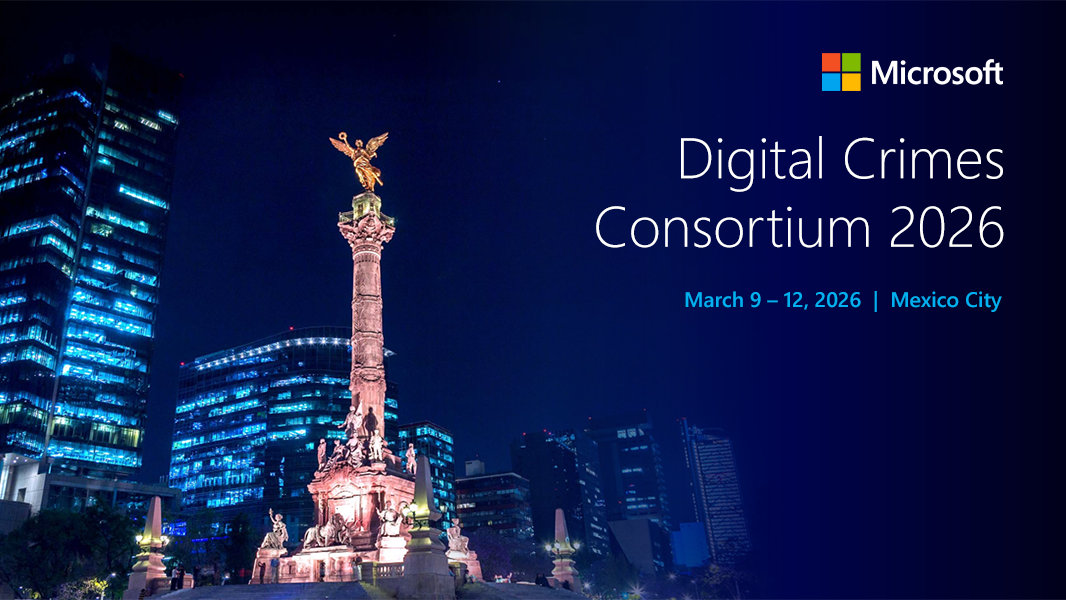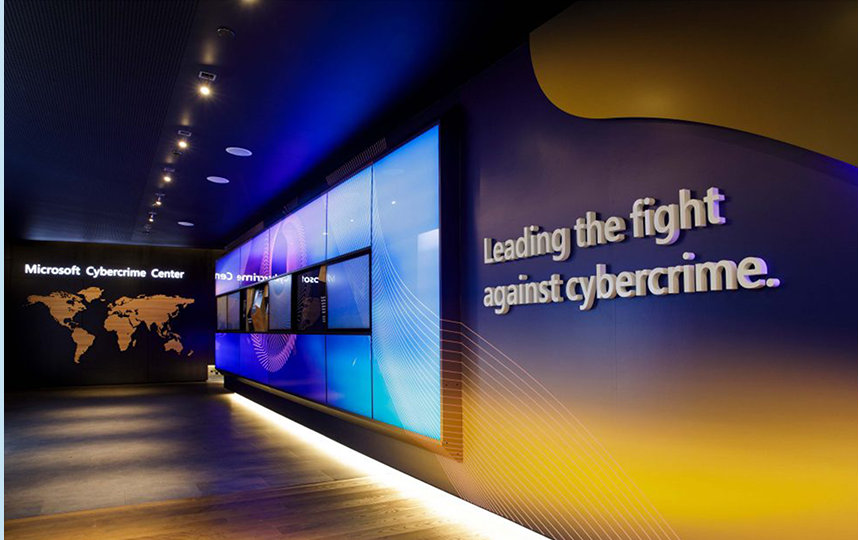What we do
Priorities

Financially motivated cybercrime

Nation-state threat actors

Disrupting the abuse of generative AI

Disrupting criminal infrastructure at scale

Innovating with AI to protect elections

Persistent pursuit

Turning disruption into defense

Partnering with law enforcement globally

Accelerating protection through global partnerships

March 9-12, 2026
Digital Crimes Consortium
The Digital Crimes Consortium (DCC) is an exclusive, invitation-only global gathering hosted by the DCU, bringing together law enforcement, cybersecurity professionals, academics, and industry leaders to collaborate in the fight against cybercrime. Since its inception in 2009, this PR-free event—governed by Chatham House Rule—has fostered trusted, cross-sector partnerships and advanced the global response to digital threats.
Most recently held in Athens, Greece in March 2025, DCC brought in attendees from 39 countries and 167 organizations, and featured over 60 presentations, 11 hands-on labs, and a SANS range event.
We’re excited to announce that DCC 2026 will take place in Mexico City March 9-12, 2026 continuing the tradition of convening global experts to tackle emerging cyber threats.
More information on sponsorship opportunities and how to apply for admission to the event coming soon.
Report a technical support scam
Global collaboration
World Economic Forum Partnership Against Cybercrime
European Multidisciplinary Platform Against Criminal Threats (EMPACT)
Ransomware Task Force
National Cyber-Forensics and Training Alliance
Japan Cybercrime Control Center (JC3)
International Counter Ransomware Initiative
Latest news and stories

Explore more

Customer Security and Trust (CST)

Microsoft Threat Analysis Center (MTAC)


